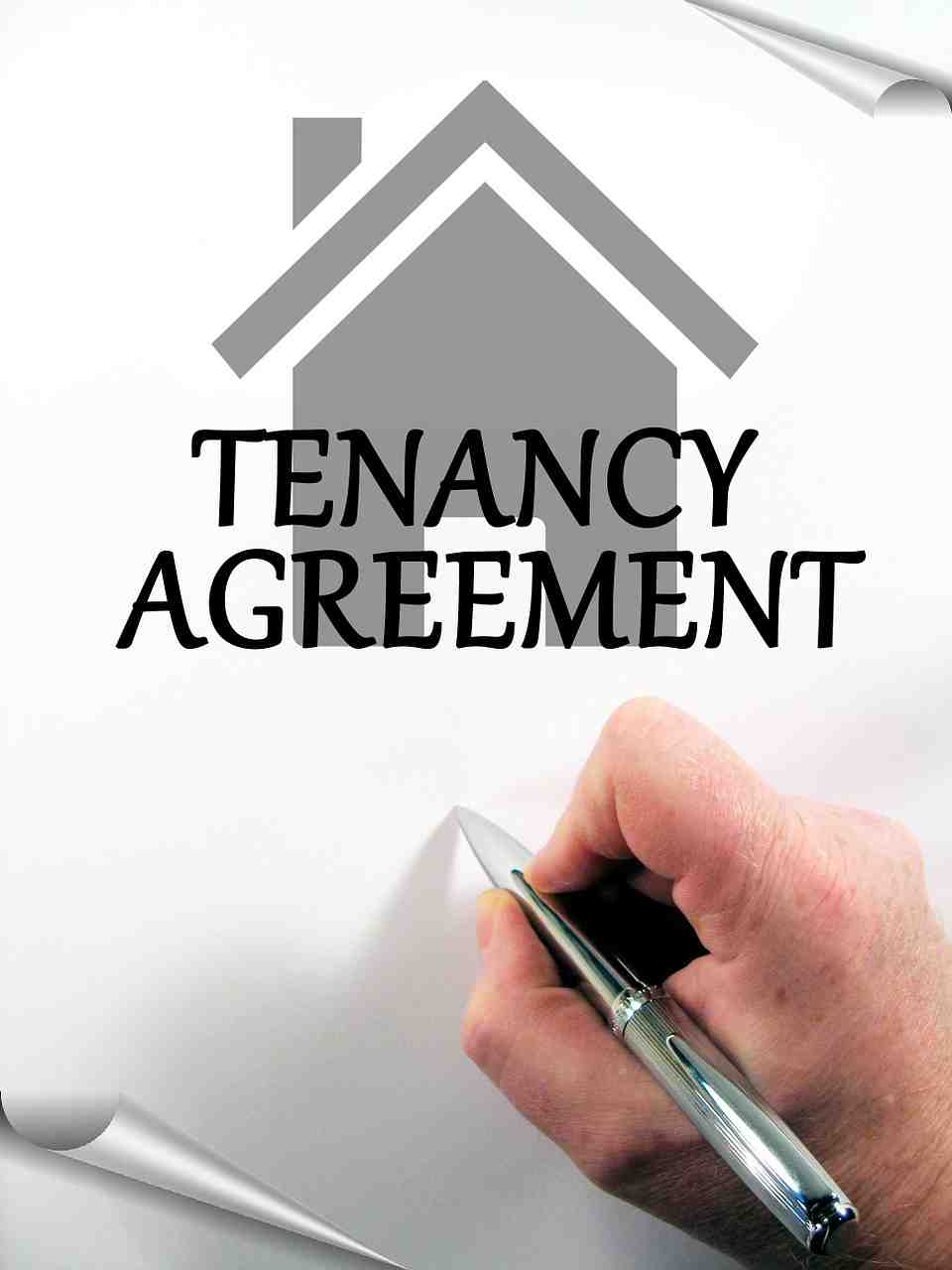

With so many investors drawn to multifamily investing, competition for properties is higher than ever. Class A multifamily tends to attract the most interest from institutional buyers given that it is expensive but relatively low-risk. Class A properties, given their low-risk profile, tend to provide lower returns. Investors seeking more value are increasingly drawn to Class B and Class C value-add opportunities, where risk is somewhat higher but accordingly, the returns are higher as well.
Value-add multifamily investing, particularly deals in the $5- to $30-million range, is a strong alternative to those priced out of Class A opportunities. As the number of renting households continues to climb, real estate investors are seeing value-add deals as a way of capitalizing on the socioeconomic shift from home ownership to renting.
In this post, we’ll explore three advantages that value-add multifamily investing offers.
What is Value-Add Real Estate Investing?
Value-add real estate investing is when someone buys an underperforming asset and then makes strategic improvements to improve cash flow and enhance the property value. Value-add multifamily investing is an increasingly popular strategy, particularly as construction of new apartment buildings has become more expensive; in some markets, the numbers just don’t support building new construction anymore as labor and material costs have skyrocketed. An alternative is to buy older, outdated multifamily properties that can be improved — an investment strategy that can be highly lucrative when executed properly.
Typically, value-add multifamily deals are those that need some combination of either light or heavy renovations. This could include the renovation of units and/or the addition of property amenities. Value-add multifamily investing also seeks to improve cash flow through operational improvements or other reductions in expense. As net operating income increases (NOI), so does the property value.
As noted above, value-add multifamily investing is considered somewhat riskier than buying an already stabilized asset, but investors can expect higher returns to coincide with the higher risk. The increased risk is due to the many unknowns that value-add investors face. Investors are essentially taking a gamble that: a) they will be able to afford the renovations necessary; b) that the renovations will result in higher rents; and c) the increased rents can be sustained over the long-term. Given the risk profile associated with value-add multifamily investing, passive investors generally expect to earn a higher return.
There are different levels of value-add investments. Some sponsors will pursue a “light” value-add strategy in which returns would be more heavily distributed to income rather than appreciation. A “heavy” or “deep” value-add play will usually require more substantial renovation but in exchange, should result in both increased cash flow and significant appreciation.
Advantages of Value-Add Multifamily Investing
There are many advantages of value-add multifamily investing, including the three featured here today.
Those who successfully execute their value-add multifamily real estate strategy will find themselves with several options upon stabilization. Lenders are usually happy to refinance stabilized properties with attractive terms on multifamily loans. If an investor is not interested in refinancing the property, and instead, would rather sell, they will find a deep pool of buyers eager to add stabilized multifamily assets to their portfolios.
Value-add multifamily investing is not for everyone, particularly those who are highly risk-averse, but it can be highly lucrative for those willing to take on the risk. A great way to get started with value-add multifamily investing is to invest in syndication real estate alongside a sponsor who is adept at executing value-add strategies.
Are you interested in learning more about value-add multifamily investing? Contact us today. We have several value-add deals in our pipeline and would be happy to discuss our approach with you in more detail.
Real estate, once considered an alternative asset class, has become more mainstream in recent years. Investors are increasingly drawn to real estate given its stability in the face of otherwise…
← Previous StoryPassive real estate investing is a great way for people to diversify their investment and retirement portfolios away from traditional holdings like stocks and bonds. But when someone decides to…
Next Story →



